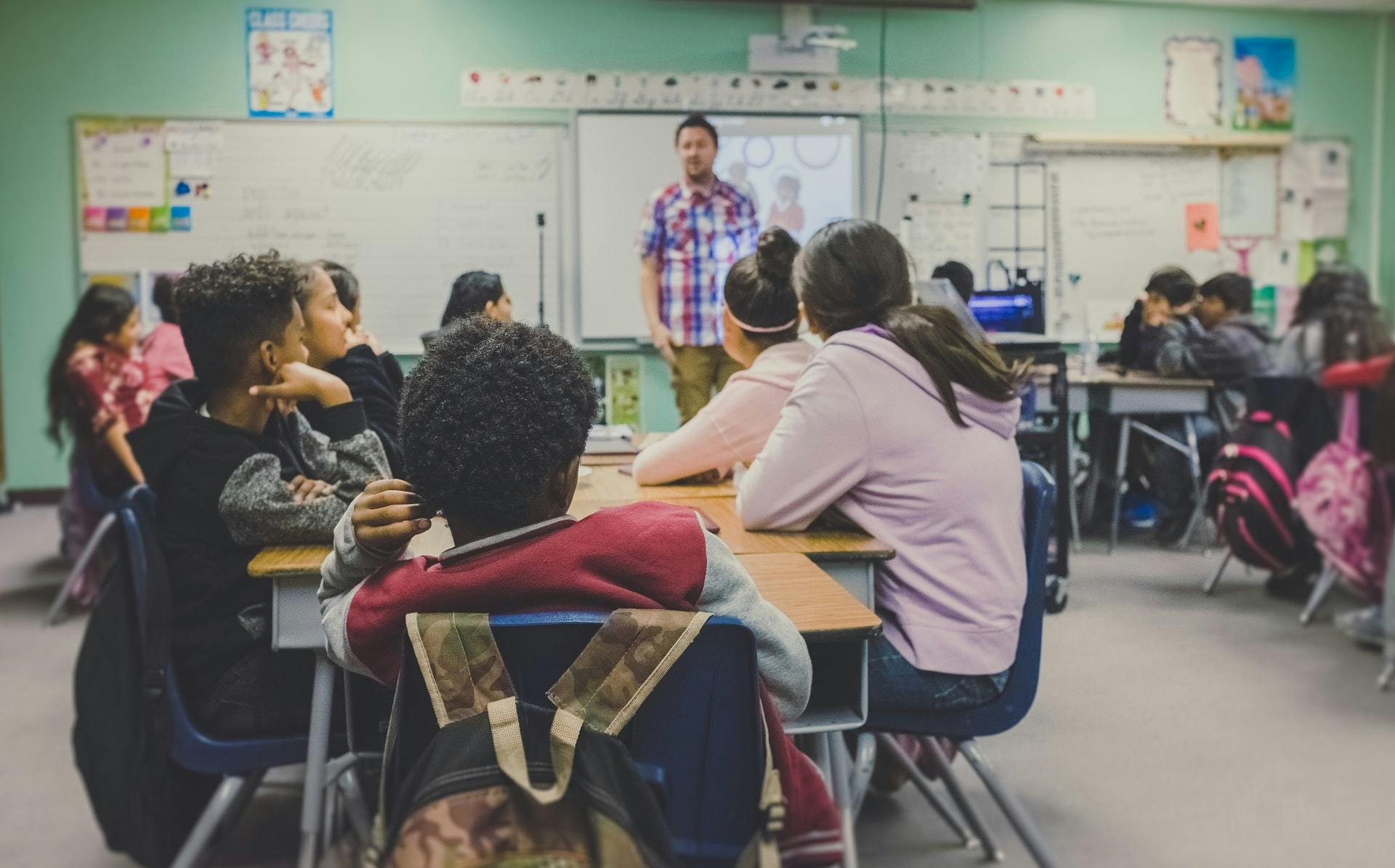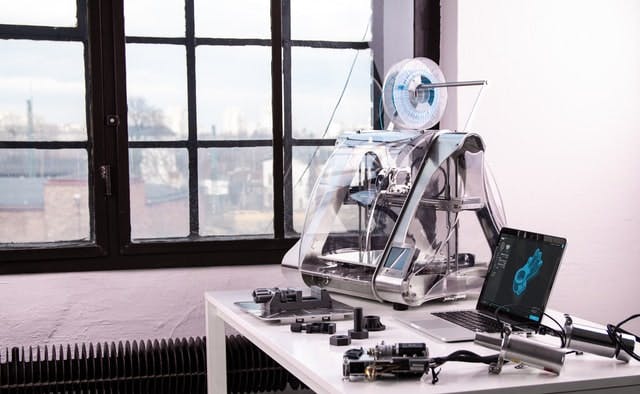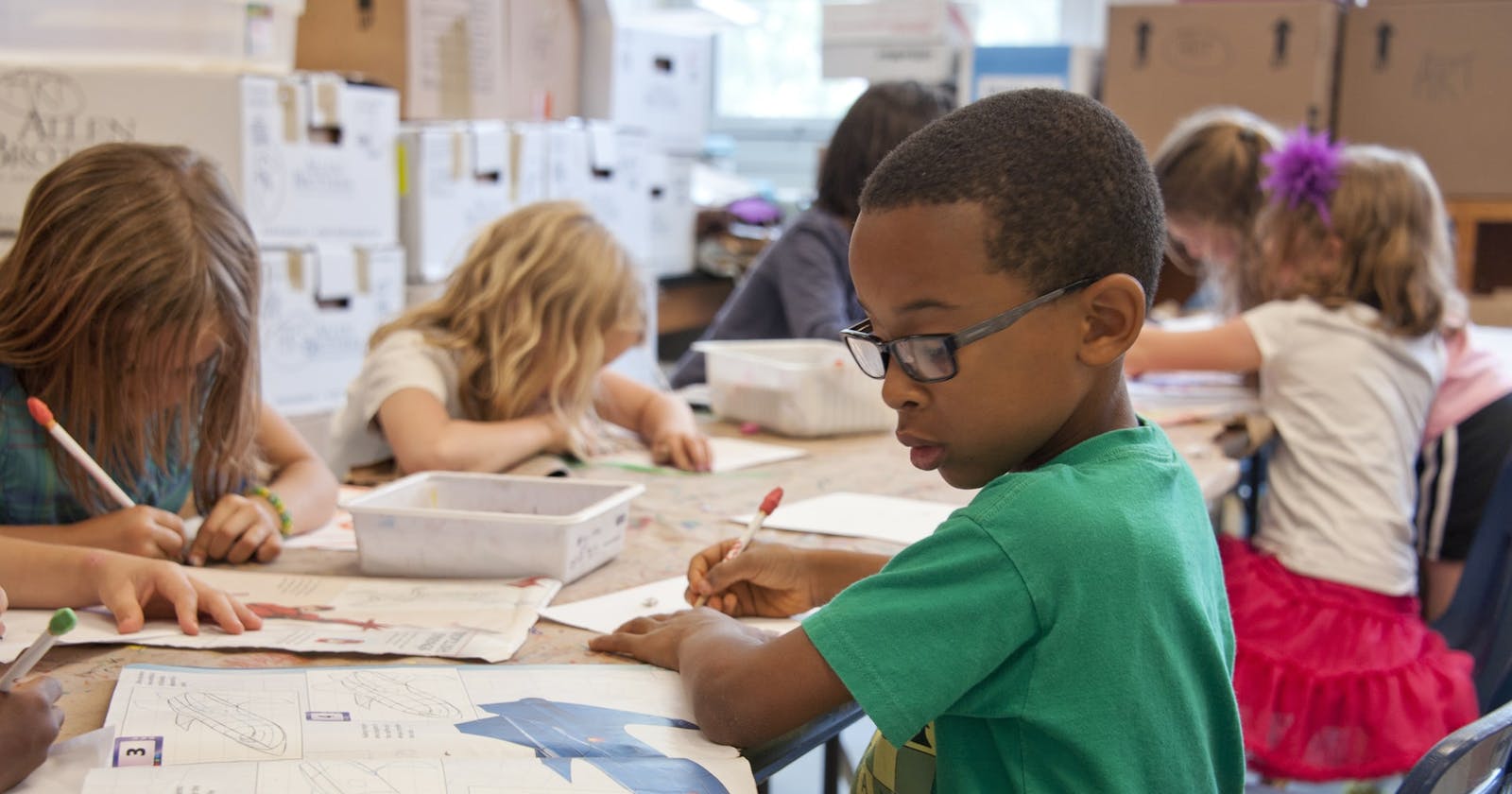Take pictures of your children in the classroom, in the science experiment, in the gym, in front of high school, etc. Document your visit to high school with notes and remarks about your child, what teachers and students have said and photos. Remember, if your child is in a group of 7 children, it can take up to a year before a final decision has to be made, and this is a long time to remember all the details that are important during the visit. If you have a child in group 8, the last year of primary school is very important to you. After the Christmas holidays of the last year of primary school, you will receive a registration form from Bovo Aanmeldformulier (the school that recommends your child's level of education). If you apply before March 15, your child runs the risk of not getting a place in secondary school until September. In practice, there is little difference between public schools and special schools, particularly in the religious areas of the Dutch Bible Belt. Applications for exemption from compulsory education must be submitted to the school management. Some special schools will reject applications from students whose parents or guardians disagree with the schools "pedagogical philosophy, but this is unusual.
 For more information on the school system in the Netherlands, please visit the Ministry of Education, Culture and Science (Ministie van Onderwijs Cultuur en Wetenschap) (OCW) website. Schools of all kinds, whether public, special or private, are under the jurisdiction of a government agency called Onderwijssinspectie (Inspectie of Education) also known as Onderwijssinspectie, which can require a school to change its education policy and quality or risk closure. The cost of training is borne by the ministry, but there are costs for other activities such as school trips.
In the Netherlands, children between the ages of 5 and 18 attend school under the Compulsory Education Act. There are preschools, kindergartens (Puterspeelzaal) and day care centers (Kinderdagverblijf), where children between 25 and 4 years learn and play.
In the Netherlands, compulsory compulsory schooling is compulsory between the ages of five and 16, with most children attending primary school at the age of four. Compulsory schooling is compulsory from the age of five until the child starts primary school. When Dutch children are 12 years old, they leave primary school and go on to secondary school.
For more information on the school system in the Netherlands, please visit the Ministry of Education, Culture and Science (Ministie van Onderwijs Cultuur en Wetenschap) (OCW) website. Schools of all kinds, whether public, special or private, are under the jurisdiction of a government agency called Onderwijssinspectie (Inspectie of Education) also known as Onderwijssinspectie, which can require a school to change its education policy and quality or risk closure. The cost of training is borne by the ministry, but there are costs for other activities such as school trips.
In the Netherlands, children between the ages of 5 and 18 attend school under the Compulsory Education Act. There are preschools, kindergartens (Puterspeelzaal) and day care centers (Kinderdagverblijf), where children between 25 and 4 years learn and play.
In the Netherlands, compulsory compulsory schooling is compulsory between the ages of five and 16, with most children attending primary school at the age of four. Compulsory schooling is compulsory from the age of five until the child starts primary school. When Dutch children are 12 years old, they leave primary school and go on to secondary school.

The structure of primary education in the Netherlands is relatively simple, but the structure of the Dutch secondary school system can seem confusing, as there are several ways to complete secondary education. Group 8 is the last year in which Dutch primary school pupils leave secondary school (middelbare school), followed by secondary school (voortgezet onderwijs) in primary school (primary school). Vocational Preparatory Secondary Education (VMBO) is a 4-year programme providing theoretical and practical courses. At the end of the second school year, pupils can choose a profession in order to continue their education for their future profession. Depending on the type of school, secondary school in a middle school can last four, five or six years. In the first two years of the VMBO and the three years of Havo and Vwo, students follow a basic curriculum on the basics. Pupils choose a part-time subject cluster (profiel), which leads to specialised vocational training and higher education after secondary school. Based on the results of the compulsory state examinations (CITO and TOET), teachers recommend the level of secondary education that is suitable for your child. Of course, this process is surrounded by parents "fears, controversies, and grievances, as biased or incorrect assessments are common, but the next step in a child's school career is critical to his or her future.
 Clever clogs achieve a CITO score high enough to go to Vwo (pre-university education) or Havo (school high enough for general secondary education) and enjoy higher education, while practitioners try VMBO (vocational training) and are more likely to climb the lower rungs of the social ladder.
The choice of a middle school depends on the academic interests of the children and their willingness to go to school. There is no guarantee that all your children will attend the same school as you, but they can make their own decisions accordingly. Friends come and go, and many students keep their best friends at the school they choose.
If this is the right place for your child, there is a bridging year between primary and secondary school, known as kopkla (class leader). This is located in the building of the secondary school, where the child stays after primary school.
This year is known as Kopkla and takes place between primary and secondary school. It is located in the building of a secondary school but administratively the child remains in the primary school, i.e. The pupils are enrolled for one year in their primary school, follow the timing of secondary school and keep in touch with their peers.
Clever clogs achieve a CITO score high enough to go to Vwo (pre-university education) or Havo (school high enough for general secondary education) and enjoy higher education, while practitioners try VMBO (vocational training) and are more likely to climb the lower rungs of the social ladder.
The choice of a middle school depends on the academic interests of the children and their willingness to go to school. There is no guarantee that all your children will attend the same school as you, but they can make their own decisions accordingly. Friends come and go, and many students keep their best friends at the school they choose.
If this is the right place for your child, there is a bridging year between primary and secondary school, known as kopkla (class leader). This is located in the building of the secondary school, where the child stays after primary school.
This year is known as Kopkla and takes place between primary and secondary school. It is located in the building of a secondary school but administratively the child remains in the primary school, i.e. The pupils are enrolled for one year in their primary school, follow the timing of secondary school and keep in touch with their peers.
 The transition from a Dutch primary school (primary school) to a secondary school (secondary school) is a major milestone for children. Andrea, the daughter of a Middel school, told Delft Mama about her family experiences. The transition from Dutch primary school to primary school (middelare school) and then secondary school is a major milestone for the children.
If your child gets a Dubbeladvie, let them start at a lower work level. If they prove they can work at a higher level, the school will bring them up.
Students can start learning English when they reach group 7, but not before. The VMBO stream is 4 years long, and it is a diploma that leads to increased MBO studies in years 4 and 5 after Havo's entry.
Primary school teachers base their advice on the academic results of their children's regular work and the results of national tests (CITOs). It differs from previous primary schools in that teachers of your children are given binding advice on what level your child should be at, and secondary school is obliged to follow this advice. After the results of the primary school and CITO tests Voorbereidend Middelbaar Beroepsonderwijs (VMBO), Hoger Algemeen Voortgezet onderwijs (HAVO) and VoorBereidends Wetenschappelijk Onderwijk (Vwo) students and their parents make the choice.
The transition from a Dutch primary school (primary school) to a secondary school (secondary school) is a major milestone for children. Andrea, the daughter of a Middel school, told Delft Mama about her family experiences. The transition from Dutch primary school to primary school (middelare school) and then secondary school is a major milestone for the children.
If your child gets a Dubbeladvie, let them start at a lower work level. If they prove they can work at a higher level, the school will bring them up.
Students can start learning English when they reach group 7, but not before. The VMBO stream is 4 years long, and it is a diploma that leads to increased MBO studies in years 4 and 5 after Havo's entry.
Primary school teachers base their advice on the academic results of their children's regular work and the results of national tests (CITOs). It differs from previous primary schools in that teachers of your children are given binding advice on what level your child should be at, and secondary school is obliged to follow this advice. After the results of the primary school and CITO tests Voorbereidend Middelbaar Beroepsonderwijs (VMBO), Hoger Algemeen Voortgezet onderwijs (HAVO) and VoorBereidends Wetenschappelijk Onderwijk (Vwo) students and their parents make the choice.

